| Title | Light-field camera design for high-accuracy depth estimation |
| Publication Type | Conference Proceedings |
| Year of Publication | 2015 |
| Authors | Diebold, M, Blum, O, Gutsche, M, Wanner, S, Garbe, CS, Baker, H, Jähne, B |
| Conference Name | Videometrics, Range Imaging, and Applications XIII |
| Date Published | 06/2015 |
| Abstract | Light-field imaging is a research field with applicability in a variety of imaging areas including 3D cinema, entertainment, robotics, and any task requiring range estimation. In contrast to binocular or multi-view stereo approaches, capturing light fields means densely observing a target scene through a window of viewing directions. A principal benefit in light-field imaging for range computation is that one can eliminate the error-prone and computationally expensive process of establishing correspondence. The nearly continuous space of observation allows to compute highly accurate and dense depth maps free of matching. Here, we discuss how to structure the imaging system for optimal ranging over a defined volume - what we term a bounded frustum. We detail the process of designing the light-field setup, including practical issues such as camera footprint and component size influence the depth of field, lateral and range resolution. Both synthetic and real captured scenes are used to analyze the depth precision resulting from a design, and to show how unavoidable inaccuracies such as camera position and focal length variation limit depth precision. Finally, inaccuracies may be sufficiently well compensated through calibration and must be eliminated at the outset. |
| DOI | 10.1117/12.2184845 |
| Citation Key | diebold-etal-2015-SPIE |


